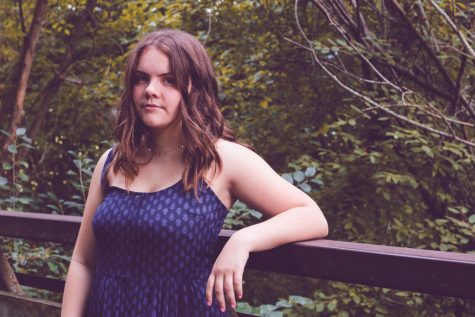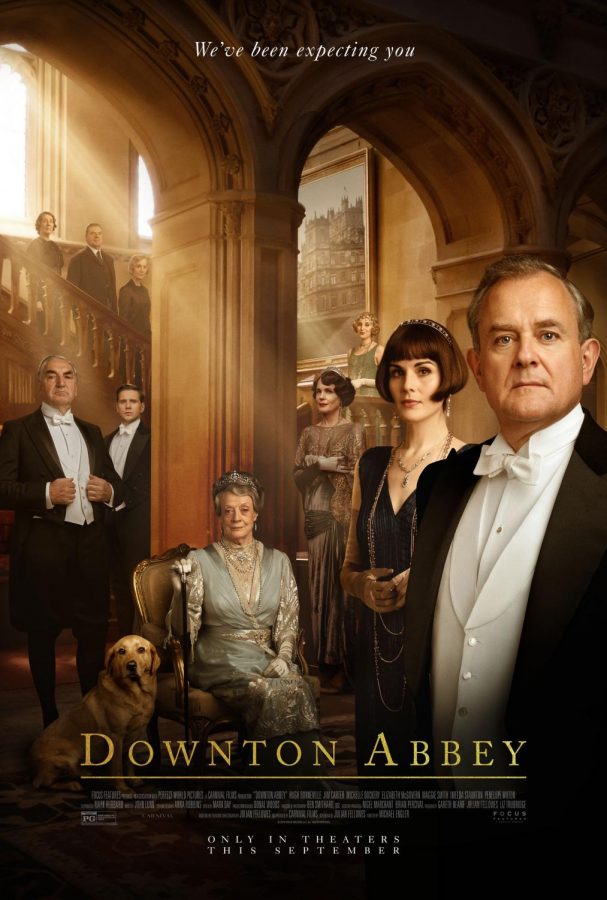Downton Abbey is a royal delight
The Downton Abbey movie was akin to enjoying a warm cup of tea with a friend you haven’t seen in many years, knowing you won’t see them again for a very long time.
It was warming, though heavily relying on nostalgia. It was simple, though weighted with something that felt larger than itself.
The movie was a Sunday night treat: easy, comforting, and homely, mixed with a touch of mischief and spunk, doused with 1920’s decadence. In short, it was like any other episode of the hit TV series that the movie is based on.
Downton Abbey, the television series, premiered in 2010, much to the delight of critics and regular audiences worldwide. The show, which aired until 2015, followed the lives of those who inhabit an extravagant country house, Downton Abbey, in Edwardian England. Not only are the lives of the prissy nobles and their political and personal turmoils documented, but the more raucous and informal servants who live downstairs are star players as well. The show chronicles the glamour and troubles of all in the abbey, spanning from 1912 to 1927.
That’s primarily the plot of the show, with various subplots populating different seasons. There’s a large ensemble of characters, far too many to name. Key players include the masters of the house, Lord and Lady Grantham, (Hugh Bonneville and Elizabeth McGovern), their eldest daughter, Mary (Michelle Dockery), and the dowager countess, (Maggie Smith). On the downstairs level, the most prominent servants are lady’s maid Anna Bates (Joanne Froggatt), head butler Thomas, (Robert James-Collier) and old-timer Carson (Jim Carter).
The show leaves everyone in a state of relative peace and settlement, and the movie picks up where everything left off. Only this time, Downton’s latest event is the surprise visit of the King and Queen. So, naturally, this engenders the whole group in a tizzy; the upstairs nobles deciding what to wear and how to host, the downstairs servants preparing delectable meals and cleaning every last nook and cranny of the abbey, and both groups anxiously awaiting the arrival of the London visitors.
The set pieces and costumes were nothing short of spectacular. The rooms are ornate and truly awesome. The costumes are Gorgeous— really, really deserving of the capital “G.” When watching the action on the big screen, the beautiful sights only exacerbated the opulence of the decade and aids the audience in believing the time period.
Acting-wise, Maggie Smith steals. Nothing more really needs to be said. Similar to the television show, she gets the most laughs, but her more serious scenes, particularly those at the near end, are the parts of the movie that stick with the audience after the credits roll.
Other than the royalty driven plot, the entire film felt like any other episode of Downton. The same juxtaposition between the house’s two social groups, the same facile jokes, and the same comforting score at times. While hardly any of the movie’s contents were fresh or radical, they were familiar and affable.
The movie wasn’t there to prove any great point or solve any great problems; it was made for fans, servicing them expertly and not caring about the opinions of the casual viewer.
For those who waited eagerly for the film, Downton Abbey delivers with satisfying grace fitting of the Queen herself.

Meredith VanSkiver is a senior entering her final year on staff, which makes her bittersweet but still ready to work. In addition to The Central Trend, she...

























































































